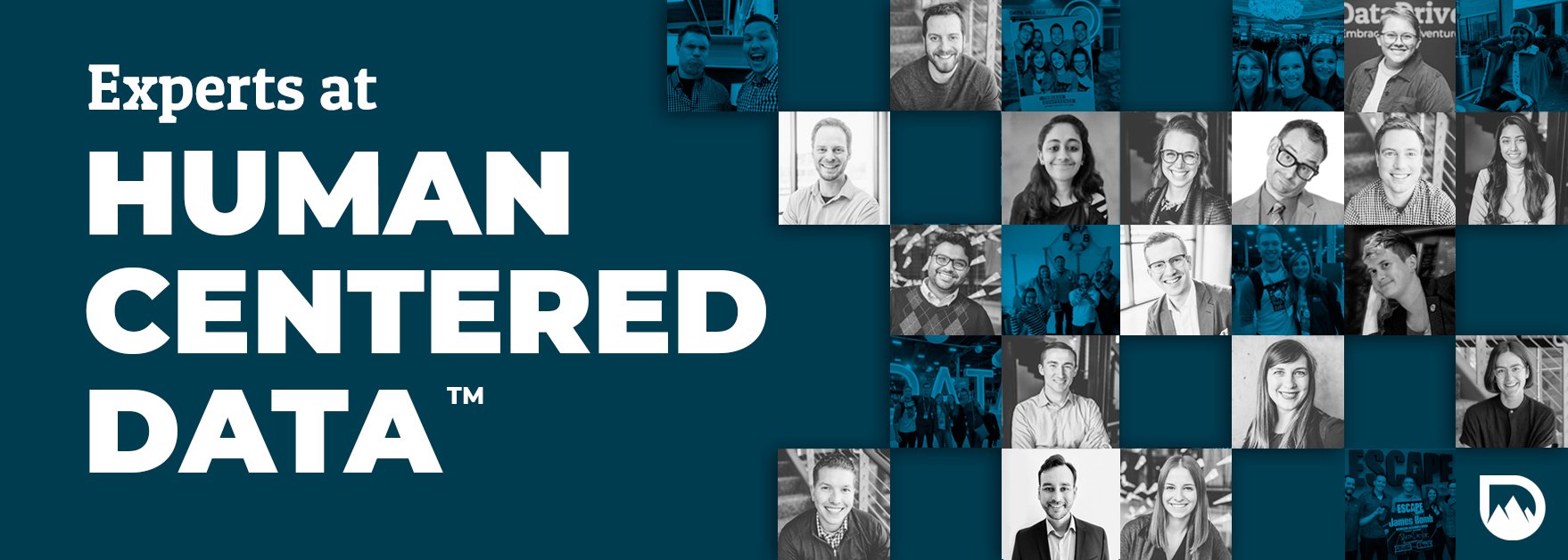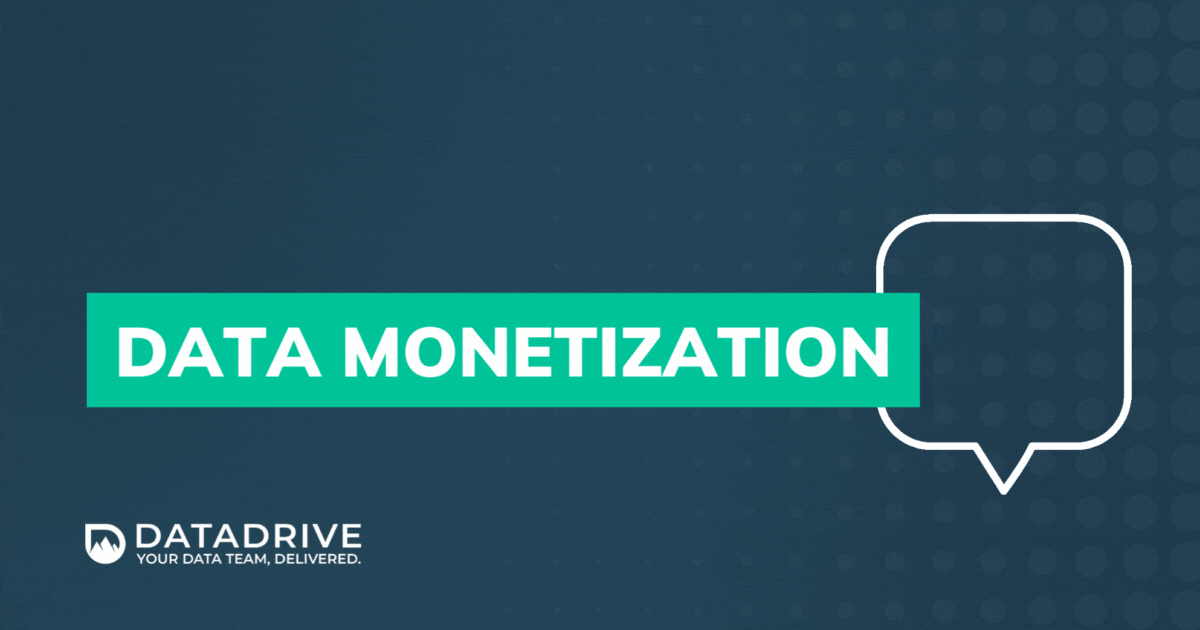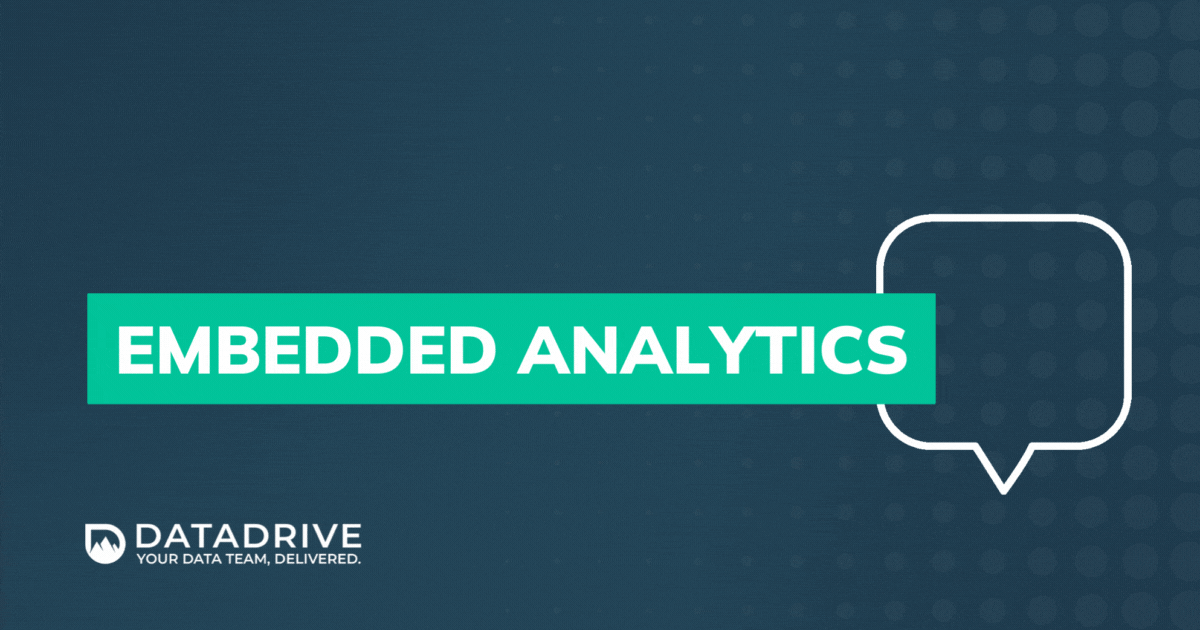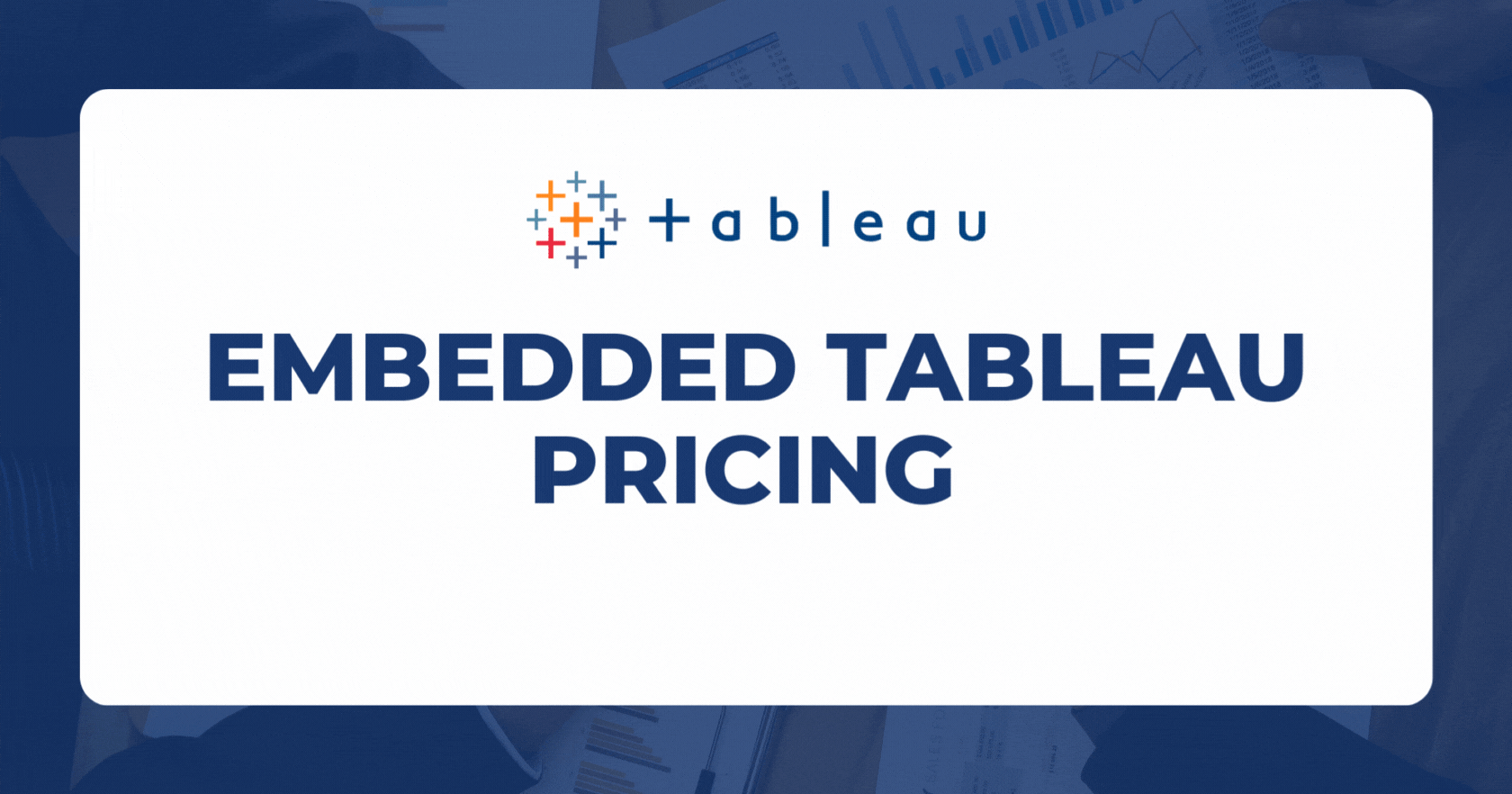What is a Data Monetization? | Unlock Revenue with Data Portals
Everyone says, "data is the new gold," and there are a few ways to actually create revenue generation using insights. One such method to unlock the...
5 min read
 Mike Brandt-Fitzgerald
Apr 6, 2022
Mike Brandt-Fitzgerald
Apr 6, 2022

Across industries, organizations are experiencing increasing turnover rates due to the Covid-19 pandemic resulting in new challenges and questions. There has been a salient shift in the ways employees interact with the companies they work for, and we are experiencing a mass transition in the perception of value in an employee-employer relationship.
Recruiters are being tasked with more responsibilities in the quest to find retainable talent during this transition. This search is often impeded by tools that have yet to adapt to this new era of recruiting. Additionally, recruiting teams are expected to help remedy trends as turnover rates rise; unfortunately, this is too commonly reactionary.
With recruiting teams often operating above capacity are these expectations realistic? Are historical approaches to recruiting still impactful and viable?

The COVID-19 pandemic has made clear to recruiters that traditional approaches and practices to recruiting employees, especially top talent, may not be as viable or effective as they were historically. Employees are placing a new emphasis on:
Historical benefits around community-building, culture, and on-site/campus amenities are quickly becoming outdated and less important compared to employee expectations and desires.
Good organizations try to understand these transitions and react in real-time; great organizations understand these shifts and proactively take action to address them while continually seeking feedback. The key to a more targeted recruitment strategy is creating deeper relationships internally to better understand changing business and employee priorities in order to build a strong, holistic HR foundation.

Diversity, equity, and inclusion (DEI) have become areas of increased focus and emphasis in the last few decades, but organizations are finding a renewed push to become more transparent and direct in their DEI efforts. This has in part been driven by an increase in corporate accountability through community activism, particularly via social media, in the past decade through movements like Black Lives Matter that push for BIPOC-centered DEI conversations to take place more frequently and publicly.
Joan Williams, a professor in work-life law at the University of California, Hastings, recently shared, "DEI used to be considered a nice-to-have, but now it's considered a must-have. But whether that's a difference that delivers organizational change is still up in the air." (Buss, 2022)
There is an increased emphasis within many organizations to ensure they are engaging in a truly equitable recruitment process. Business leaders are also looking to manage internal and external hiring rates, representation across roles and pay grades, and to confirm there is a diverse slate of candidates for open positions. Organizations often use these rates, goals, and achievements to communicate progress, effort, culture, and company values to both clients and employees as a way to differentiate themselves from the competition.
Recruiters play a pivotal role in helping organizations and leaders achieve DEI goals. Despite their integral part in this effort, recruiters are rarely included in initial conversations and goal-setting activities. If leaders take a reactionary approach to their relationship with recruiters not only will these goals become less attainable, but recruiter's capacity issues will remain unsolved!

If organizations and business leaders are to achieve their People goals, recruiting is a great place to start implementing change. Some of the best organizations have recruiters embedded throughout the business to build trust and anticipate business needs. However, business leaders have a plethora of issues and items on their plate every day to address, and recruiting is only one piece of the business “pie”.
These constraints emphasize the importance of data visibility and transparency across business teams and individuals. To accomplish this, data from disparate systems must be brought together to better understand the entire business and break down data and communication siloes. Recruiters need to have access to:
What can organizations and HR leaders do today to help get them headed down the right path?

Business leaders have a wealth of knowledge and experience they can arm recruiters with to be more efficient and effective in their efforts to support business objectives. The vice president of global talent acquisition at LinkedIn, Jennifer Shappley, recently commented on the future of recruiting, saying, "This could be a once-in-a-career situation where talent acquisition is so central to the business's success and [talent acquisition] leaders can step more into that business leader role." (Maurer, 2022).
Here are a few themes to begin a conversation between business leaders and recruiters!
What good organizations do: understand common hiring needs by season, role, function, etc., and common trends attached to each. Business leaders share these insights with recruiters and are able to leverage this information to glean their own insights. Requisitions are largely reactive.
What great organizations do: Pipeline Requisitions are in place for roles with greater turnover or that see greater internal mobility, thus requiring a constant pipeline of potential candidates. Recruiters are embedded in the business to understand and anticipate ad hoc staffing needs and can better communicate those needs and impacts with HR and Finance partners proactively to reduce or eliminate administrative and process obstacles. Recruiters are enabled with the people information (internally and externally) needed to do their job. This allows recruiters to move at the speed the business desires.
What good organizations do: internship program(s) and relationships with educational institutions. They understand how industry and competitor standards might impact recruiting efforts (ie: education level, compensation, benefits).
What great organizations do: interns are evaluated and actively offered full-time employment post-graduation, and organizations actively share feedback and industry information to educational institutions to advance and partner on curriculum and programs. Understand how their organizational footprint geographically impacts recruiting efforts. Business leaders ask for specific characteristics and skills of desired employees and recruiters have the data (internal and external) to target specific individuals in specific locations to meet business needs. For example, a leader shares with their embedded recruiting partner that they are seeking a diverse female candidate for a leadership role with specific skill-sets and a salary range of $150,000-$180,000 but must be filled within two months. Recruiters have the data available to understand that their Human Capital (HC) footprint in the region is over-saturated to try to hire that specific type of individual in, say, Minneapolis but should instead recruit in Madison, WI. Recruiters leverage data showing the average salary offered for this type of role in Madison is within the available salary range and the availability of employees looking for this type of role matches the business velocity.
What good organizations do: have some understanding of what a “successful” employee profile looks like. They have identified “successful” individuals internally and have begun to understand what skills and behaviors made them successful. They try to retain successful employees. Finally, they begin to attempt to identify others, internally and externally, who espouse similar characteristics.
What great organizations do: define different types of talent to employees (Top, Growth, Expert, etc.) and what “success” looks like for each. They often have an internal skills database of common definitions/language to define characteristics of successful employees and areas of opportunity along with catered training or learning pathways. This information is readily available to recruiters to leverage by role, function, business, etc. to make the recruitment process most efficient and meet business needs and velocity as they evaluate internal and external candidates. Over time this approach reduces turnover, increases retention, helps organizations continue to hire and retain the right people, and provides insights into training program effectiveness.

Recruiting is only a part of the larger HR picture but is a crucial foundational building block to implementing a strong and effective HR and People Analytics practice. Recruiters must have access to robust organizational people information and be closely tied in with business leaders and decision-makers today if they are to support the business and help build toward a successful tomorrow.
The next blog in our HR Analytics series will cover onboarding and training. Effective onboarding and training practices can help employees ramp up productivity faster, drive retention, reduce the need for future training interventions, and lighten the load on recruiting teams.

We help organizations realize their HR and People analytics vision and strategies through our proven Human Centered Data™ approach. Our industry-leading consultants are ready to help you deliver greater value and insights through data-driven recruiting today!
References:
12 Ways Companies Are Boosting Their DEI: Dale Buss, 3/9/2022
Recruiters Respond to the Great Resignation in 2022: Soaring hiring demand presents singular opening for talent acquisition: Roy Maurer, 2022
https://www.shrm.org/ResourcesAndTools/hr-topics/talent-acquisition/Pages/Recruiting-Talent-Acquisition-Trends-Great-Resignation-2022.aspx

Everyone says, "data is the new gold," and there are a few ways to actually create revenue generation using insights. One such method to unlock the...

Technology has revolutionized how businesses operate, with data being at the forefront of this transformation. The ability to analyze data and...

Why Embedded Analytics with Tableau Embedded analytics is a growing use case for organizations looking to deliver (and even monetize) their data...